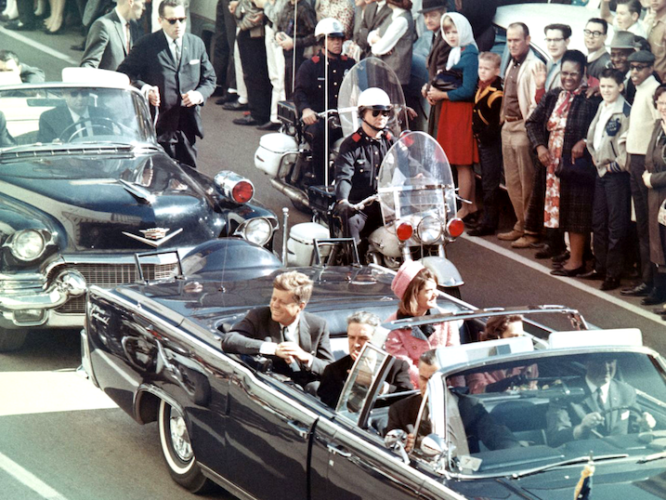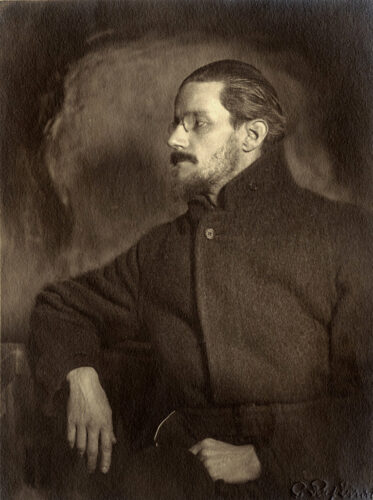The Hidden Casket of Immortality (Book Three, Part 29: American Scream, Batman

Previously in The Last War in Albion: Peter Milligan, once he broke out at DC in earnest, did so on a number of fronts, including taking over Animal Man from Grant Morrison. The core text, however, remains Shade the Changing Man.
“Barbatos will lead us to the hidden casket of immortality and life eternal. All is prepared for the ceremony of the bat.” -Grant Morrison, Batman: The Return of Bruce Wayne
Back on the book on which the bulk of Milligan’s reputation was ultimately built, meanwhile, Milligan settled into someting of a status quo, which Milligan finally slows down to explain in the fourth issue, which sees Shade trapped in the Area of Madness following his confrontation with the Kennedy assassination. Here he confronts the American Scream in the form of a skeletal Uncle Sam, and recalls his life back on Meta, where he was a hopelessly romantic child—“a little martyr, a poet trickster. I used to stare at flowers, rage at death, cry at sunsets.” He was from there recruited by Wizor to become a Changing Man, sent to learn about Earth, and eventually given the Madness Vest. This both serves to finally fill in some of the comic’s backstory, which had previously largely been glossed over by a confused and uncertain Shade, and as the impetus to slightly redesign the character to look less like Troy Grenzer, giving him instead a mop of red hair and an ostentatious mod jacket adorned by what would become the character’s trademark design, a bevy of monochrome bullseye designs. This established a sort of core thematic engine for the book, with Shade as a mod poet confronting the dark madness of America.
This, of course, paralleled the underlying creative reality of the book, which was that it was written by a British man who was seeking to comment on America for an American audience. In many ways this constituted a significant evolution of the already successful perspective offered by the Kennedy two-parter. There Milligan had succeeded with a sort of intellectual detachment, like a scientist studying a specimen. Here, however, Milligan allies himself with something more romantic—a competing (and, it must be noted, distinctly British) vision of madness that Milligan is presenting as a tonic to the American one. It is difficult not to read this as, at least in part, a claim about the British invasion writers at large.
Milligan put this perspective to use in the next arc, another two-parter this time focusing on Hollywood. Much of the arc was muddied and unsatisfying—a broad satire of Hollywood cliches that cast too wide a net to say anything too interesting. Nevertheless, it gets through on an ecstatically clever reveal in which, after a lengthy “who is the American Scream possessing to cause all this chaos” plot, the answer turns out to be a movie camera that is trapping the characters in “a kind of crazy, illogical, multi-layered movie” based purely on cinematic tropes and the visual language of film, utterly untethered to any human concern or sense of narrative and purpose.…







